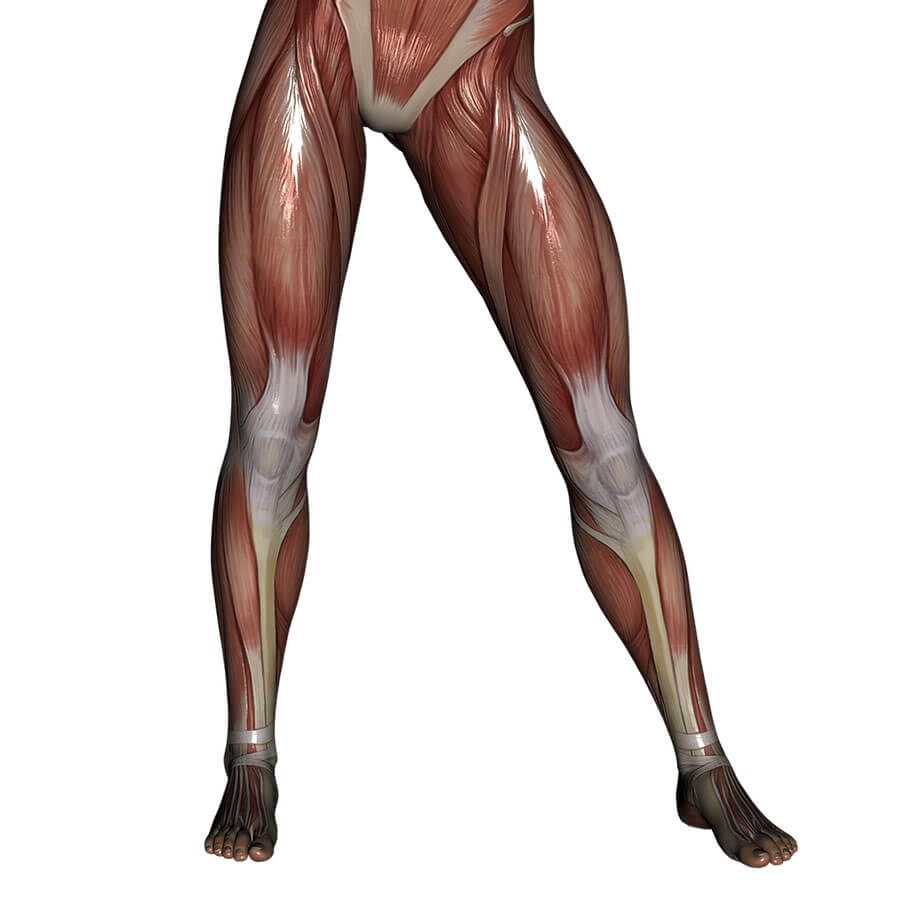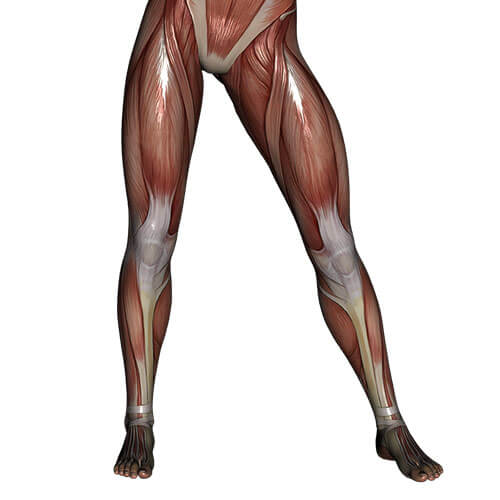Muscle fever and training exercise

The relationship between muscle fever and exercise
The question is often heard from guests that I don't have muscle fever, was the training effective? According to the current state of science, there is still no clear answer to what causes the phenomenon of muscle fever, but it is a proven fact that there is no connection between strength growth and muscle hypertrophy (cross-sectional increase) and muscle fever.
Muscle soreness and training exercise
The relationship between soreness and training exercise
The question is often heard from guests that I don't have muscle soreness, was the training effective? According to the current state of science, there is still no clear answer to what causes the phenomenon of muscle fever, but it is a proven fact that there is no connection between strength growth and muscle hypertrophy (cross-sectional increase) and muscle soreness. Our muscles are still developing and the beneficial effects of training are effective even if we do not have muscle soreness.
Possible causes of muscle soreness
Researchers have been investigating the phenomenon of muscle soreness for a very long time. In this blog post, I will introduce you to the 3 best-known results so far, in chronological order.
1 - Lactic acid build-up = muscle soreness
At the beginning of the research surrounding myalgia, researchers came to the opinion that the increase in lactic acid is probably the cause of the tension and pain in the muscles. Lactic acid is produced in our body as a result of very high-intensity anaerobic training. The load is such that, in the presence of oxygen, our body is no longer able to gain energy to maintain movement, so it is forced to use anaerobic, i.e., energy-gaining processes without oxygen. Carbohydrates are broken down by our body during fermentation processes, gaining energy from them, and the byproduct of this process is lactic acid itself. Anaerobic energy production is not efficient and only sustainable in the short term. Anaerobic energy gain is all short-duration (max. 30 seconds) high-speed dynamic forms of movement, such as sprints in running, short numbers of swimming, or even particularly high resistances appearing in personal training and different intervals, circuit training or even the tabata method. In the past, it was believed that the lactic acid that accumulates in the muscles remains in the muscles for a long time, thereby creating the tense feeling. This point of view has now been overturned, as further research has proven that a person with healthy liver functions can break down the amount of lactic acid that builds up after this kind of training in about 20 minutes.
2 - Micro injuries
Later research rejected the theory based on lactic acid build-up, and the tests focused on the examination of muscle tissue. Researchers noticed that as a result of strain and tension, micro-injuries occur in the muscle fibers, the healing of which is accompanied by an inflammatory process and pain. After healing, the micro-tears strengthened and thickened, i.e. with cross-sectional growth. Based on their results, the researchers investigating this believed that the cause of muscle soreness is this injury and recovery process. The theory could not be verified, but neither could it be disproved.
3 - The nervous system and muscle fever
Research continues to this day, and based on the latest results, neither lactic acid nor microdamages in the muscle fibers can be considered the cause of myalgia. The former was denied and the latter could not be proved. Recently, a new publication was published by the research group of the University of Physical Education, which opens completely new perspectives and ideas in the field of muscle fever.
According to the latest theory, the myalgia itself does not originate in the muscle fibers, but in the muscle spindle located parallel between the fibers. There are sensory nerves in the muscle spindles, so the whole process is connected to the nervous system. As a result of the load and compression, compression injuries occur in the muscle spindle. This process occurs as a result of braking effort (eccentric muscle work) or in a very untrained state.
The extent and duration of muscle soreness varies from individual to individual and is genetically determined. Gains in muscle mass and strength development are unrelated to muscle soreness. So you develop, build muscle and get stronger even when the phenomenon of muscle fever does not appear after a workout. Based on the research, the phenomenon lies more in the methods and quality of training. If there are a lot of eccentric braking sections in our training program or if we haven't moved for years and we jump into sports untrained, it will be easier to encounter the painful feeling.
Summary
- Training is effective even without muscle soreness, because the phenomenon of muscle fever itself is not a muscular process, but a nervous system one.
- According to the latest research, the main cause of muscle fever is damage to the muscle spindles, which occurs during eccentric muscle work or in very untrained bodies.
- Peoples nervous sytems, who exercise regularly are much more used to the load, so they have less muscle soreness.
- Eccentric, i.e., braking muscle work is one of the most effective methods for increasing muscle mass, and the load that produces the most muscle fever.
- Eccentric muscle work and tasks are training exercises recommended from the intermediate level, because the risk of injury is high and they put a significant strain on the nervous system, so it is a professional task to plan when and in what quantity they should be included in the training program.
You can read more about muscle soreness in Wikipedia.
Back from Muscle soreness and training exercise to Gold Fitness Studios home page >

